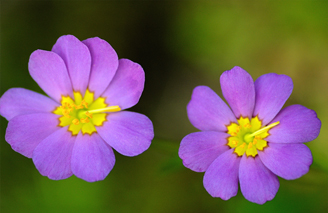 Nineteen new species have been added to Nova Scotia’s list of species at risk, bringing the total listed in the province to 60, according to a Nova Scotia Department of Natural Resources press release and a CBC News report.
Nineteen new species have been added to Nova Scotia’s list of species at risk, bringing the total listed in the province to 60, according to a Nova Scotia Department of Natural Resources press release and a CBC News report.
Three bat species are on the list, including the little brown bat, the northern bat and the tri-colored bat, which are all listed as endangered. Three bird species have been added to the list as endangered: the barn swallow, Bicknell’s thrush, Canada warbler, and the rusty blackbird. The olive-sided flycatcher and the eastern whip-or-will have been listed as threatened.
The black ash tree is listed as threatened. There are only 12 known mature trees in the province, the department press release says.
For the complete list of species, see the Nova Scotia DNR website, here. (New species are marked with the year 2013.)
Read the Nova Scotia DNR press release here.
Read the CBC News story here.
The web page with the complete list of at risk species is here.
Photo: The Plymouth gentian has been listed as endangered in Nova Scotia. Courtesy of the Nova Scotia DNR.

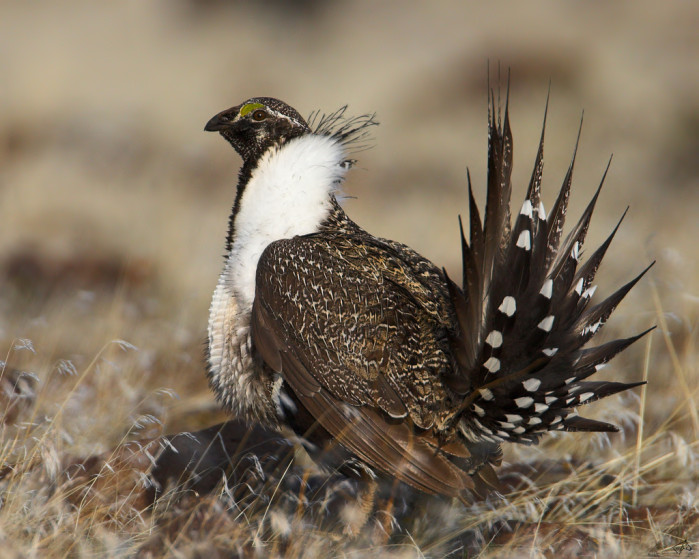 The sage grouse population has fallen in South Dakota in recent years, reports an
The sage grouse population has fallen in South Dakota in recent years, reports an 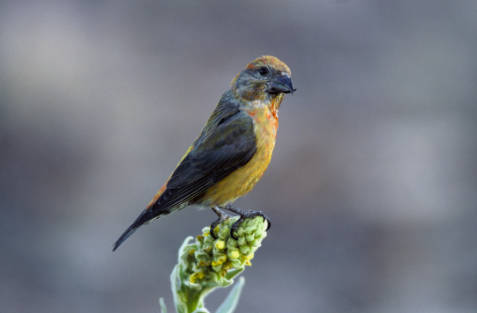 The Montana Department of Fish, Wildlife & Parks has reported an avian salmonella outbreak in Billings, Montana,
The Montana Department of Fish, Wildlife & Parks has reported an avian salmonella outbreak in Billings, Montana,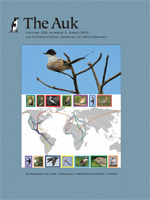 Geolocators are a relatively new tool that allows researchers to track the movements of small animals, such as birds.
Geolocators are a relatively new tool that allows researchers to track the movements of small animals, such as birds.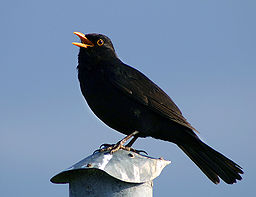 The bright lights (and noise) of the big city haven’t just made the days of songbirds longer, they have thrown a wrench in the birds’ circadian rhythms, researchers studying European blackbirds have found. The study, which is in the current issue of the
The bright lights (and noise) of the big city haven’t just made the days of songbirds longer, they have thrown a wrench in the birds’ circadian rhythms, researchers studying European blackbirds have found. The study, which is in the current issue of the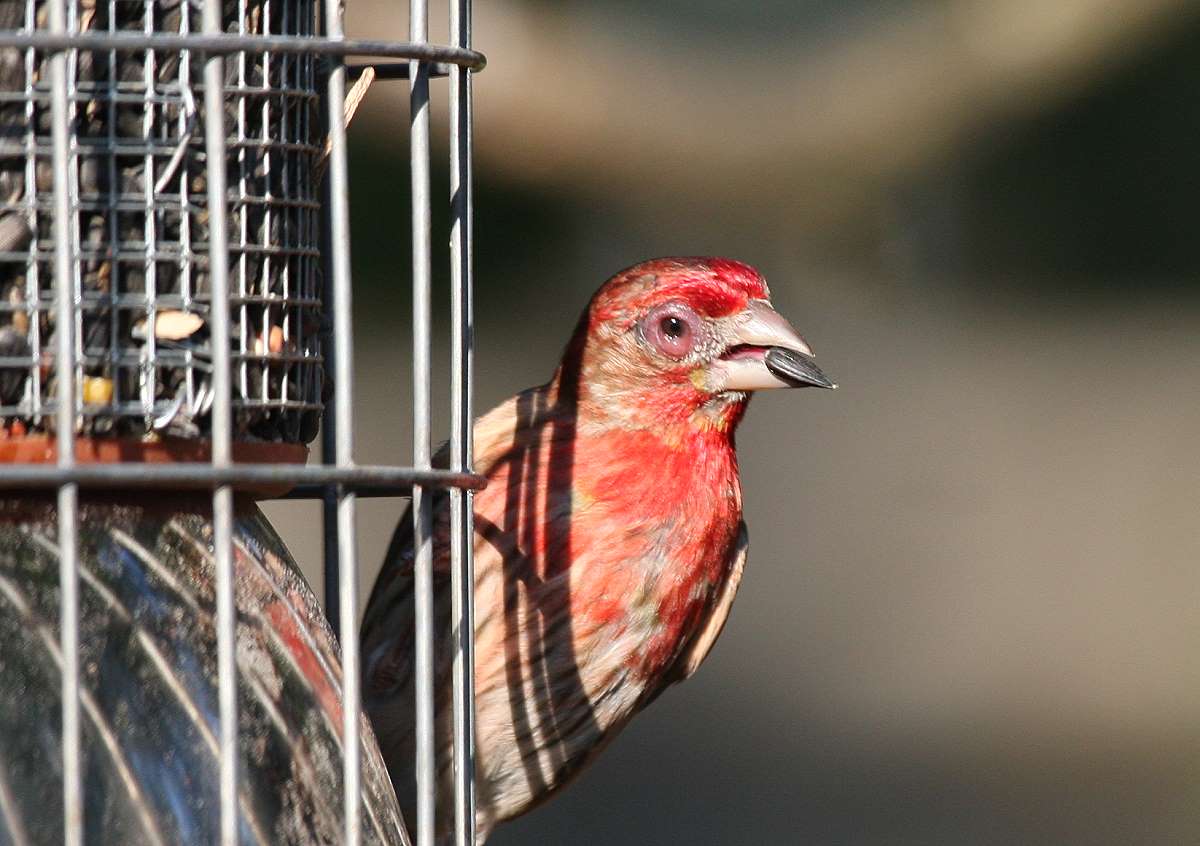 House finch eye disease, which was first struck in the 1990s, unexpectedly became more virulent over time, says a paper published this week by
House finch eye disease, which was first struck in the 1990s, unexpectedly became more virulent over time, says a paper published this week by 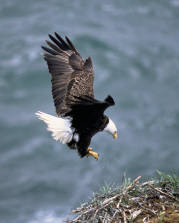 Bald eagle numbers are up in Georgia and Massachusetts, and a Wisconsin county has seen its first bald eagle nest in over 100 years.
Bald eagle numbers are up in Georgia and Massachusetts, and a Wisconsin county has seen its first bald eagle nest in over 100 years.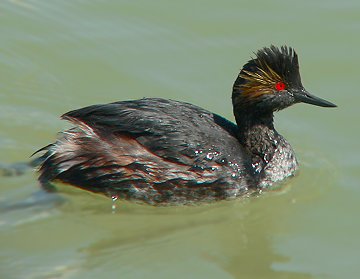 Some 5,000 eared grebes mistook pavement for water at the Dugway Proving Ground in Utah,
Some 5,000 eared grebes mistook pavement for water at the Dugway Proving Ground in Utah,